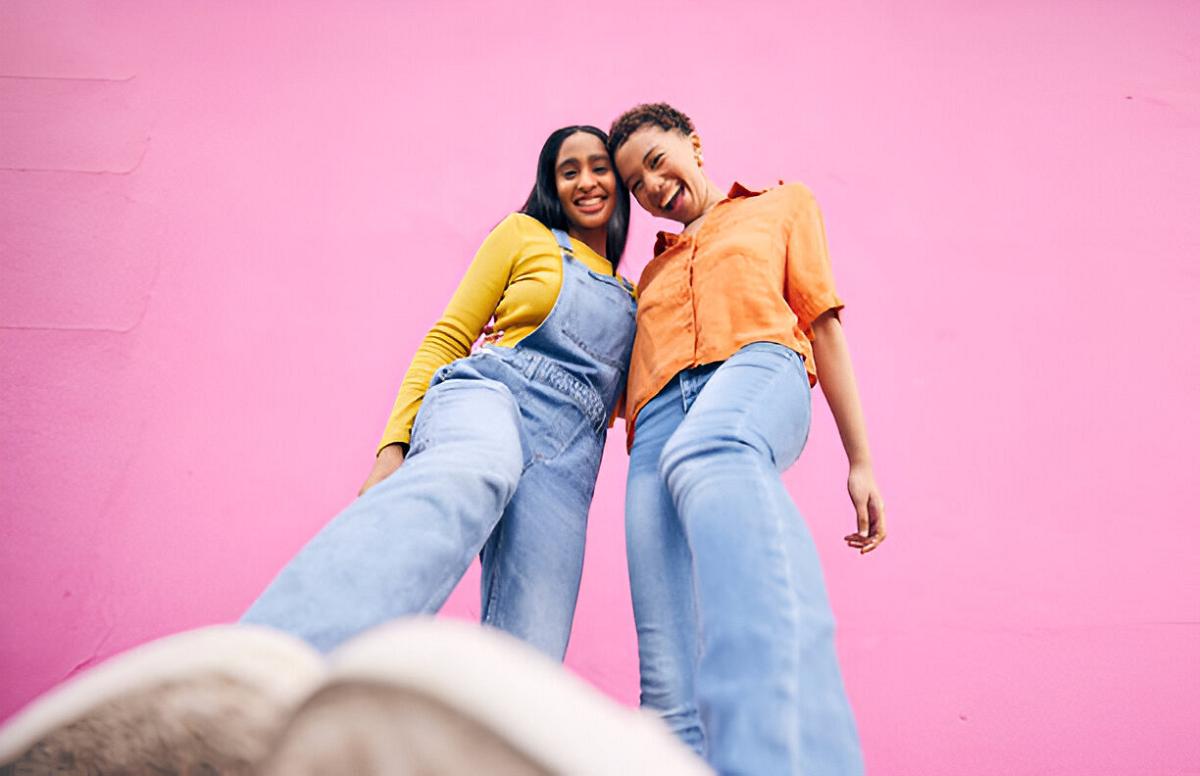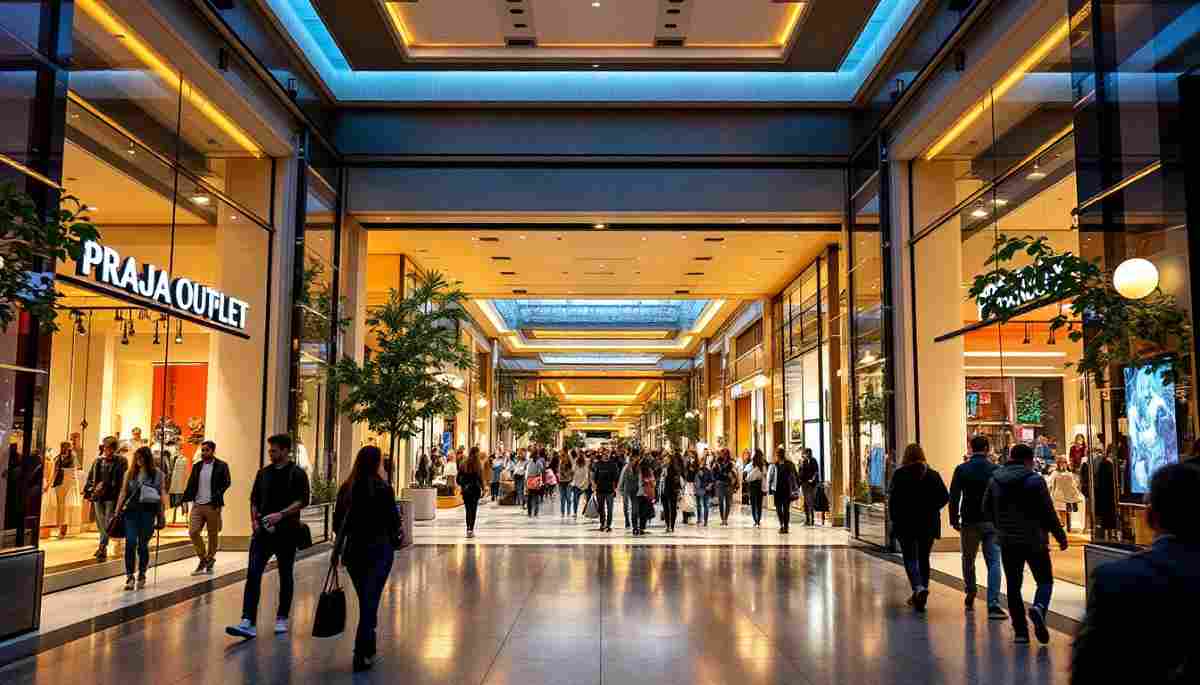Fashion is a powerful form of self-expression, allowing people to showcase their unique personalities and cultural influences through clothing, accessories, and styling. Fashion trends evolve over time, influenced by everything from celebrity styles and runway collections to street style and social media. Here’s a closer look at some current trends, timeless styles, and tips for finding your own unique fashion expression.
The Evolution of Fashion Through the Decades
Fashion has undergone a substantial evolution, reflecting cultural shifts and societal changes throughout each decade. From the opulence of the 1920s to the minimalist styles of the 1990s, each era presents a unique narrative shaped by the prevailing norms and innovations of the time.
In the 1920s, the flapper style emerged, symbolizing women’s newfound freedoms post-World War I. This era celebrated liberation, characterized by dropped waistlines, daring cuts, and bold patterns. The influence of jazz music and the rise of the dance culture also played a significant role in shaping the fashion of this decade, as women sought styles that allowed for movement and expression on the dance floor. Accessories like cloche hats and long pearl necklaces became staples, further encapsulating the spirit of the Roaring Twenties.
As we transitioned into the 1950s, the quintessential hourglass figure dominated fashion, with designs from Christian Dior and others that emphasized femininity. The post-war economic boom led to a surge in consumerism, and fashion became a reflection of prosperity. Women donned full skirts and fitted bodices, often paired with gloves and hats, while men embraced sharp suits and polished shoes. This decade also saw the rise of youth culture, with the emergence of rock and roll influencing styles, leading to the iconic leather jackets and denim jeans that would become synonymous with rebellion.
The 1970s introduced a counterculture movement, embracing bohemian and punk styles that challenged conventional fashion norms. The eclectic mix of materials and styles set the stage for the modern era, where the distinction between high fashion and streetwear becomes increasingly blurred. This decade was marked by the rise of individualism, with fashion icons like David Bowie and Cher pushing boundaries. Fabrics like denim, suede, and polyester became popular, often adorned with fringe and bold prints, reflecting a sense of freedom and experimentation. The punk movement, with its DIY ethos, introduced a raw aesthetic characterized by ripped clothing, safety pins, and vibrant hair colors, further diversifying the fashion landscape.
Entering the 1980s, fashion took a dramatic turn with the advent of power dressing, where bold silhouettes and vibrant colors became symbols of ambition and success. Designers like Gianni Versace and Thierry Mugler pushed the envelope with their extravagant designs, often featuring shoulder pads and eye-catching accessories. This era was also marked by the rise of celebrity culture, as pop icons like Madonna and Prince influenced trends, leading to a fusion of music and fashion that resonated with the youth. The incorporation of athletic wear into everyday outfits began to emerge, setting the stage for the athleisure trend that would dominate in later decades.
Key Trends Shaping Today’s Fashion Landscape
Today’s fashion landscape is dynamically influenced by various trends that are reshaping how we approach style. Sustainability, inclusivity, and digital fashion are at the forefront of contemporary trends.
The rise of sustainable fashion reflects a growing awareness of the environmental impacts of textile production. Many brands now prioritize ethical sourcing and eco-friendly materials, aligning with consumer demands for transparency and responsibility. This shift has led to innovative practices such as upcycling, where old garments are transformed into new pieces, and the use of biodegradable fabrics that minimize waste. Additionally, consumers are increasingly drawn to brands that share their sustainability journey, often engaging with them through social media platforms that highlight their eco-friendly initiatives.
Inclusivity in fashion has also gained momentum, with brands expanding their size ranges and diversifying their advertising. This trend ensures that more individuals feel represented and validated in the fashion narrative, pushing the industry towards a more equitable future. The impact of this movement is profound, as it encourages designers to rethink traditional beauty standards and embrace a broader spectrum of body types, ethnicities, and gender identities. Moreover, the rise of adaptive fashion, which caters to individuals with disabilities, is further exemplifying the industry’s commitment to inclusivity, ensuring that everyone has access to fashionable clothing that meets their needs.
In addition to sustainability and inclusivity, the digital transformation of fashion is revolutionizing how consumers interact with brands. The emergence of virtual fashion shows, augmented reality (AR) fitting rooms, and digital clothing has created a new realm of possibilities for both designers and shoppers. This shift not only enhances the shopping experience but also allows for greater creativity and experimentation in design. As brands explore the metaverse, they are finding innovative ways to engage with consumers, creating immersive experiences that blur the lines between physical and digital fashion. This evolution is not just a trend but a fundamental change in how fashion is conceived, marketed, and consumed in an increasingly digital world.
Sustainable Fashion: A Step Towards Eco-Friendly Choices
Sustainable fashion is more than just a trend; it represents a necessary shift in how we approach clothing consumption. As environmental concerns become increasingly urgent, many designers are adopting sustainable practices.
This includes utilizing organic or recycled fabrics, reducing waste, and supporting fair labor practices. Brands like Stella McCartney and Eileen Fisher have become synonymous with sustainable fashion, making eco-conscious choices central to their offerings.
Additionally, consumers are encouraged to participate in sustainable practices, such as thrift shopping, clothing swaps, and investing in quality pieces that stand the test of time. By making more mindful fashion choices, we contribute to a healthier planet.
Iconic Fashion Designers Who Changed the Industry
Throughout the history of fashion, several designers have left an indelible mark on the industry, revolutionizing styles and setting new standards.
One such icon is Coco Chanel, known for her timeless designs that liberated women from the constraints of traditional garments. Her introduction of the little black dress and Chanel No. 5 perfume symbolizes a blend of fashion and luxury that resonates to this day.
Another influential designer is Yves Saint Laurent, whose innovative tuxedo jackets for women challenged gender norms and redefined femininity in the 20th century.
More recently, designers like Alexander McQueen and Virgil Abloh have continued to push boundaries, merging art with fashion and infusing contemporary culture into high-fashion runways.
The Influence of Social Media on Modern Fashion
In recent years, social media has become a powerful tool in shaping fashion trends and consumer behaviors. Platforms like Instagram, TikTok, and Pinterest influence how fashion is perceived, created, and consumed.
Influencers and content creators often dictate trends, giving rise to “fast fashion” cycles where new styles can emerge and disappear in a matter of days. This immediacy allows brands to stay relevant but also raises concerns about sustainability and ethical consumption.
Moreover, social media has democratized fashion, allowing everyday individuals to showcase their personal styles and challenge traditional fashion norms. This shift empowers consumers to be creators, fostering a community that celebrates diversity and individuality.
Fashion and Identity: How Style Reflects Who We Are
Our wardrobe choices are profoundly intertwined with our identities, serving as a canvas to express who we are. Fashion allows individuals to convey messages about their personality, values, and social status.
Cultural backgrounds significantly influence personal style, as traditional garments evolve and merge with contemporary trends. For instance, streetwear’s rise emphasizes self-expression, drawing from various subcultures to create unique, personalized looks.
Fashion can also be a form of resistance. Many have used their style to challenge stereotypes and advocate for social change, turning clothing into a statement of identity and pride.
The Role of Accessories in Completing Your Look
Accessories are pivotal in elevating an outfit, adding that final touch that can transform a simple attire into a statement. From statement jewelry to stylish bags and shoes, accessories allow for creativity and personal expression.
The right accessory can make or break an outfit. A chic belt can cinch a loose dress, while bold earrings can draw attention and add flair to a more understated ensemble. Accessories can also serve functional purposes, providing practicality while enhancing style.
Fashionistas often recommend investing in versatile accessories, as they can effortlessly transition from day to night or one season to another, ensuring longevity in your wardrobe.
Fashion Week Highlights: What to Expect This Season
Fashion weeks around the globe serve as the pinnacle of the fashion calendar, showcasing the latest trends and innovations from top designers. Each season brings unique themes, colors, and designs that set the tone for the upcoming months.
This year’s runway highlights include bold colors and intricate patterns that embrace a mix of nostalgia and futuristic themes. Several designers are also emphasizing sustainable practices, showcasing collections made from eco-friendly materials.
Street-style trends from attendees at these events often become just as influential as the runway shows themselves, leading to a vibrant fusion of high fashion and wearable styles. Expect to see a blend of contemporary cuts with vintage inspiration, making it clear that past styles are never truly forgotten.
The Intersection of Technology and Fashion
The fusion of technology and fashion is revolutionizing the way we experience clothing. Innovations such as 3D printing, augmented reality, and virtual fitting rooms are transforming the retail landscape.
3D printing allows designers to create complex structures and designs that were once unimaginable. Brands are experimenting with this technology to produce unique pieces while minimizing material waste.
Additionally, augmented reality technologies enable consumers to virtually try on outfits, making shopping more engaging and tailored to individual needs. This intersection not only enhances the consumer experience but also opens new avenues for creativity in design.
Tips for Building a Timeless Wardrobe
In an era of fast fashion, building a timeless wardrobe can seem daunting. However, a few simple tips can help you curate a collection that withstands seasonal trends and stands the test of time.
- Invest in Quality Basics: Choose high-quality, versatile pieces like classic white shirts, well-fitted jeans, and neutral blazers that can be mixed and matched.
- Neutral Color Palette: Opt for a color scheme that complements your skin tone and is easy to layer, such as blacks, whites, greys, and earth tones.
- Accessorize Wisely: Invest in a few timeless accessories that can elevate any outfit, such as leather handbags or classic wristwatches.
By focusing on quality over quantity, you can create a wardrobe that not only reflects your personal style but also lasts through the changing tides of fashion.










